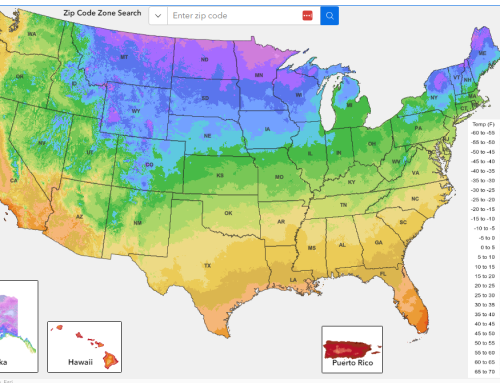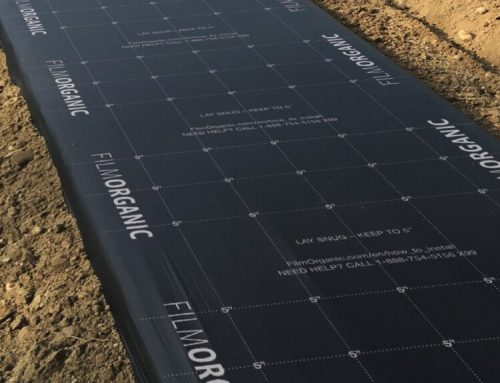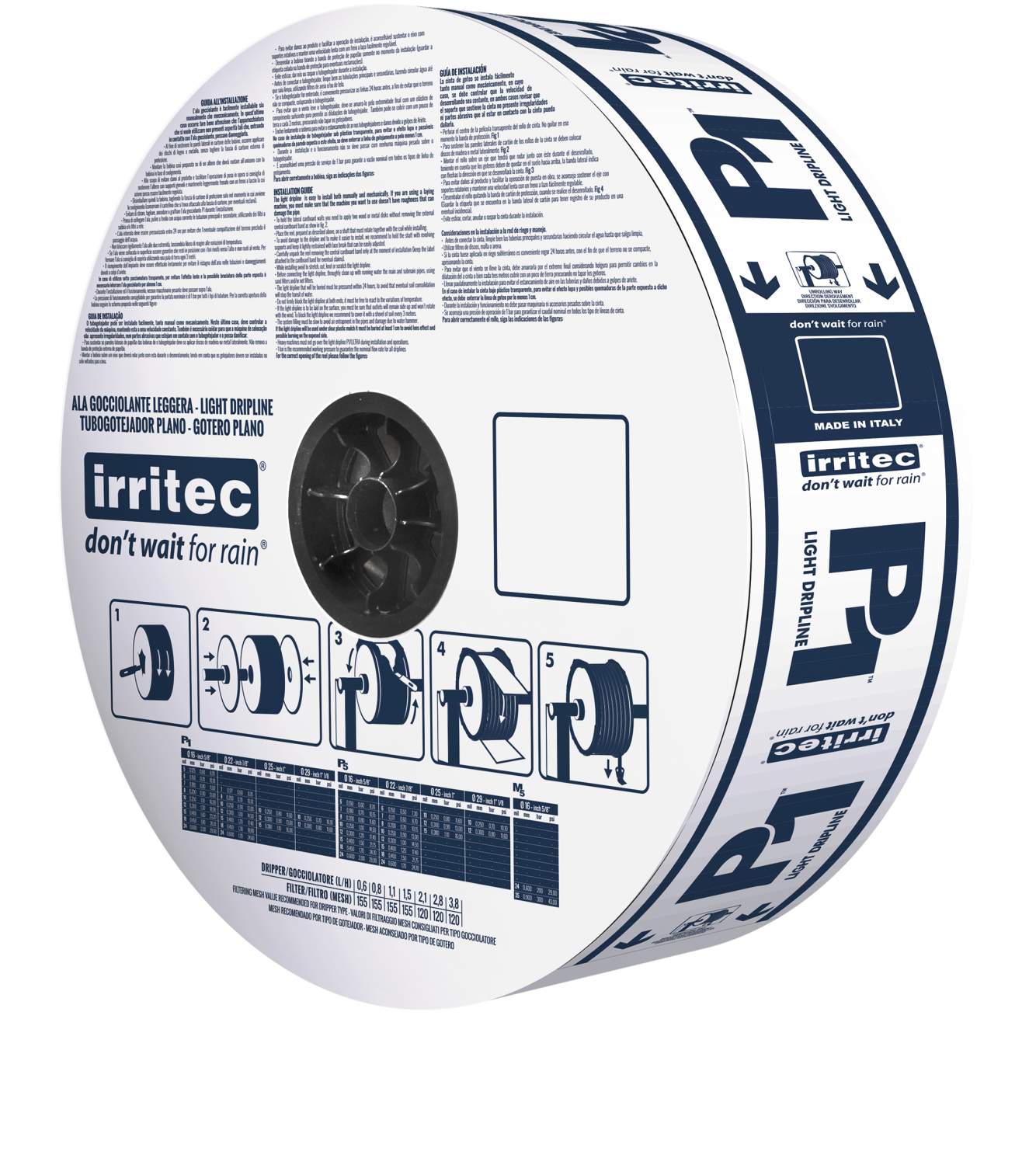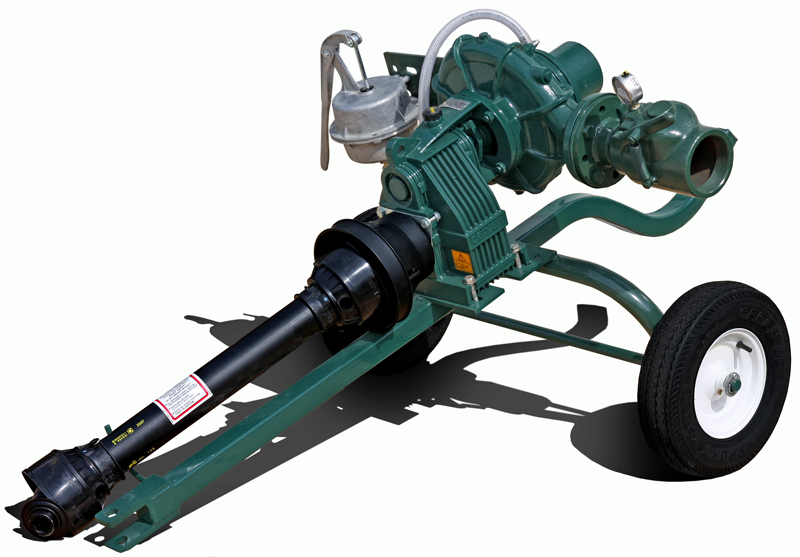According to a recent article on Forbes.com:
“To survive today, farmers need to be experts in fertilizers and soil, insecticides specific to different crops, planting and irrigation cycles and weather impacts, among other things, and they are under pressure. Pests alone destroy up to 40% of the world’s crops each year, and farmers must now produce more food while using less energy and water. Due to urbanization, immigration issues and a generational shift away from farming, there has been a farm labor shortage globally for years, which means farmers also need to reduce their reliance on a workforce. A successful crop cycle has never been more dependent on technology.”

Artificial Intelligence
The net result is that farmers are looking for help from a number of sources, including AI (Artificial intelligence). AI works best when it has a steady diet of data. The article goes on to point out a three-step plan for getting the most out of AI.
- Use multiple data points. Use video and IoT sensors to capture light, images, and other critical data.
- Track all data points – “Just one plant can provide millions of data points on how light, water, weather, and environmental variations can impact production, taste, nutrition, disease, and waste. Over time, this can provide invaluable insights that can spur efficiency gains such as improving yield, cutting waste, enhancing nutritional value, and minimizing diminishing resources like water and arable land.“
- Utilize around-the-clock monitoring and constant AI learning. Unlike humans, AI can monitor and collect data around the clock, 365 days per year. It can then interpret this data to come up with action plans to assist farmers to make better decisions.
AI does not have to be scary. Utilize this tool to consolidate large volumes of data that the average individual would struggle to collect, much less interpret and formulate an action plan.






